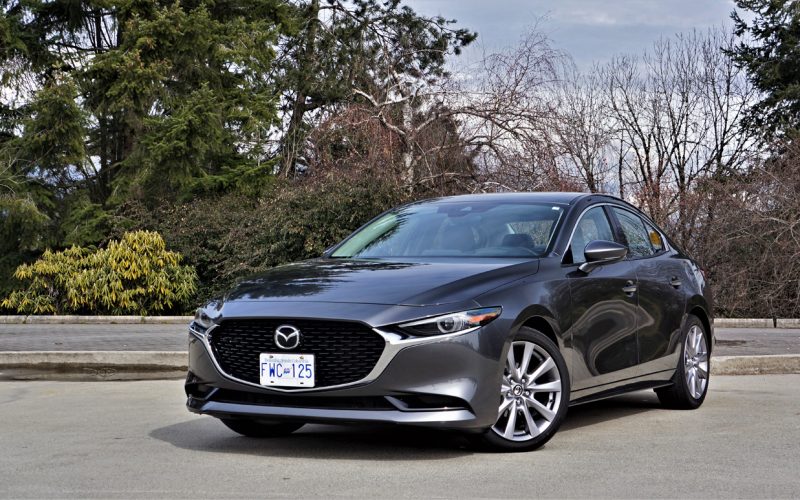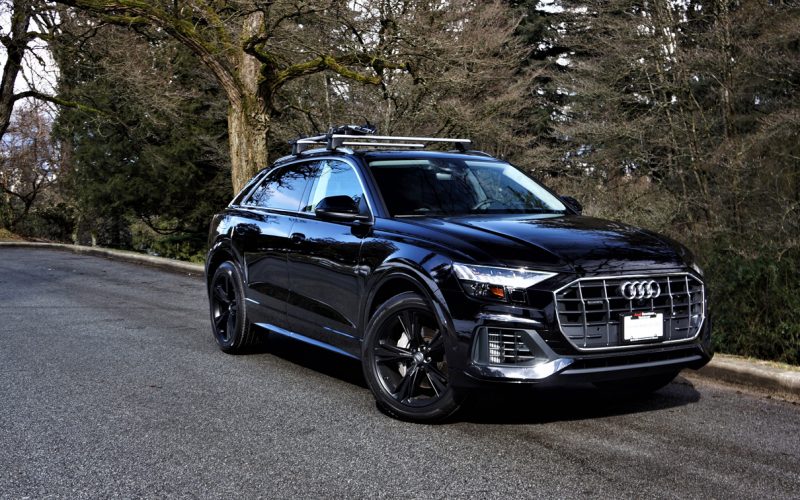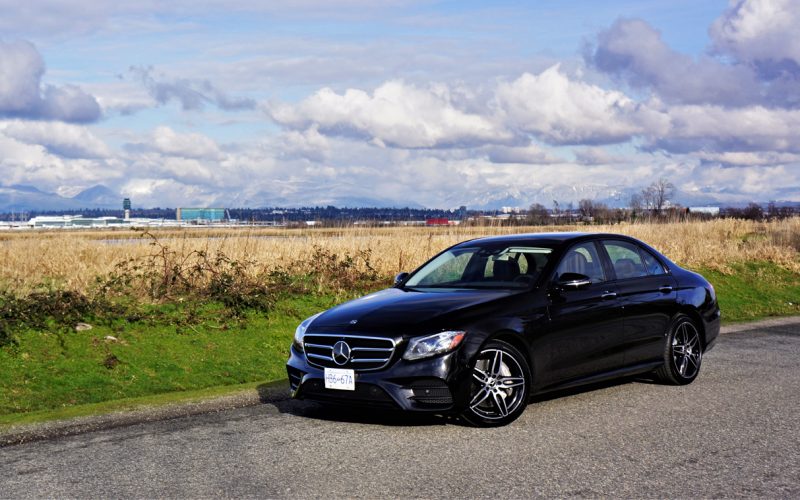
Reading Time: 15 minutesPerfect? No. Excellent? Yes. That’s it. I’m done. How I wish it were that easy to

Reading Time: 10 minutesEveryone knows Lexus SUVs are amongst the most reliable in the luxury sector, but just one

Reading Time: 10 minutesWant a great deal on one of the best cars currently available? Mercedes-Benz is offering up

Reading Time: 8 minutesEvery car enthusiast loves a good concept, and sometimes a barrage of really intriguing show cars
© 2025 The Car Magazine. All Rights Reserved, Privacy Policy | Terms of Use